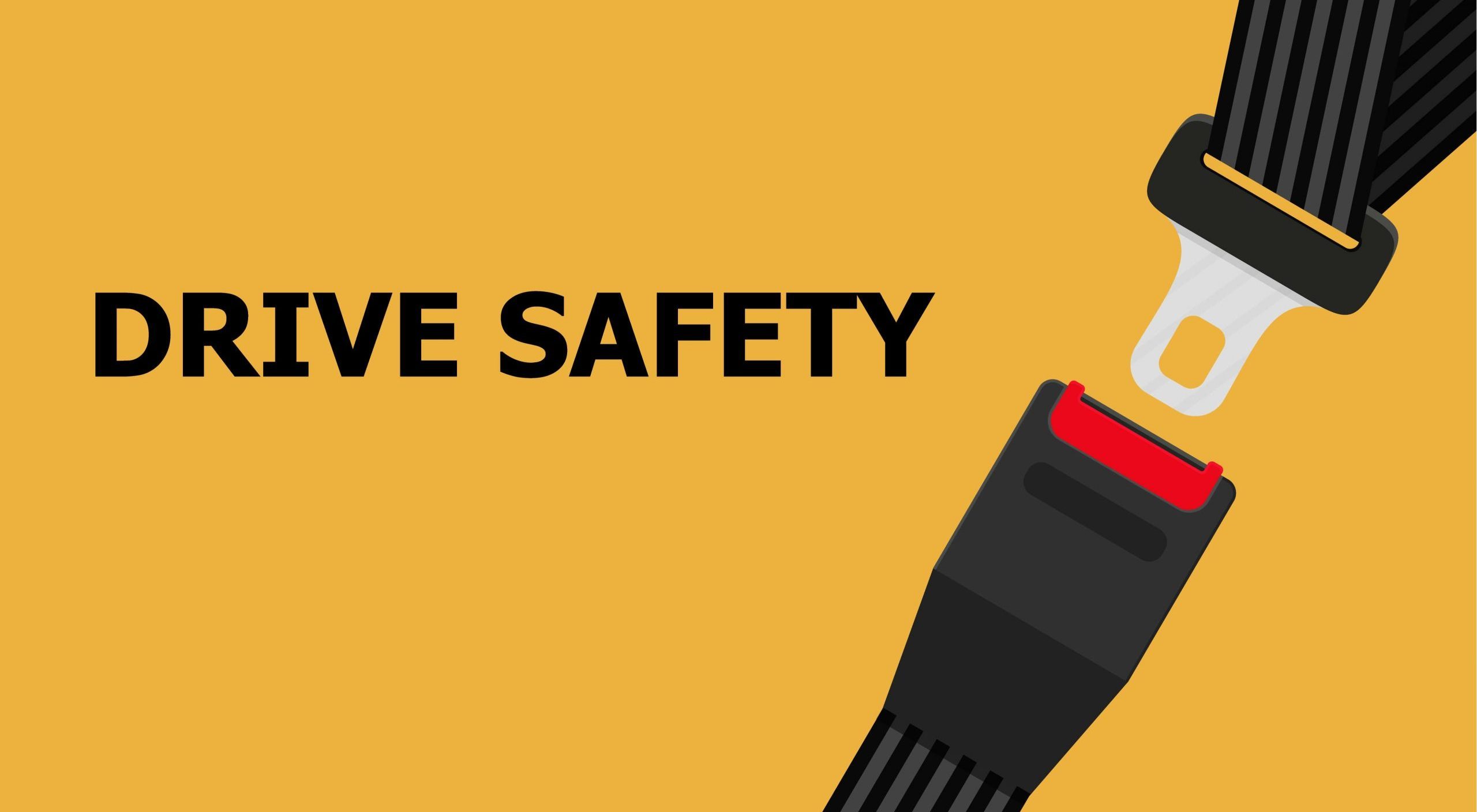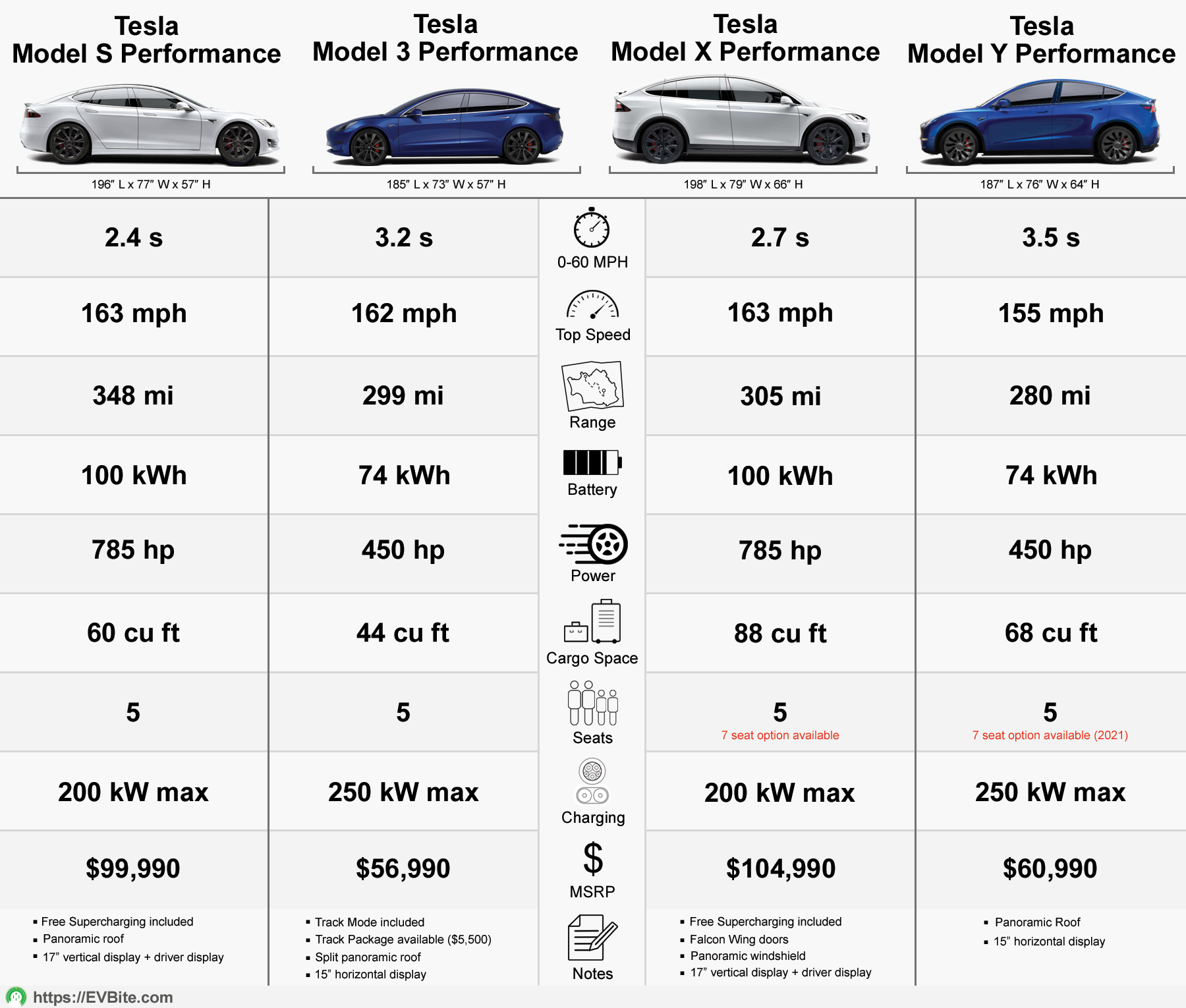
BYD and Tesla are two of the biggest names in the electric vehicle (EV) industry, but they approach the market in very different ways. BYD, short for “Build Your Dreams,” started in China in 1995 and has grown into a global leader in EVs, batteries, and even public transportation solutions like electric buses. Tesla, founded by Elon Musk in 2003, is known for its high-performance electric cars and cutting-edge technology, such as the recently announced Model 3 Ludicrous, which promises faster acceleration and improved range. Both companies are shaping the future of transportation, but their strategies, technologies, and market focuses set them apart.
Market Presence and Global Strategy
BYD dominates the Chinese EV market, which is the largest in the world, and is expanding into Europe, the Americas, and other regions. It focuses on affordability, making EVs accessible to a wider audience, especially in developing countries. BYD also partners with local governments to provide electric buses and trucks, which helps reduce urban pollution. Tesla, on the other hand, targets premium markets with its luxury vehicles like the Model S and Model X. Its direct-to-consumer sales model allows it to control the customer experience, while BYD relies on traditional dealerships. Tesla’s early entry into the U.S. market and its global brand recognition give it a strong foothold in Europe and Asia.
Technological Innovations and Product Offerings
BYD is a leader in battery technology, using its proprietary Blade Battery, which is safer and longer-lasting than traditional lithium-ion batteries. This technology powers its popular models like the Tang, Song, and Han. Tesla, meanwhile, uses advanced lithium-ion batteries and is developing the 4680 cell, which could lower costs and increase energy density. Tesla’s Autopilot and Full Self-Driving features are industry-leading, while BYD focuses on advanced driver assistance systems for its vehicles. Both companies are integrating their products with renewable energy systems, such as solar panels and home energy storage, to create a sustainable ecosystem.
Sustainability and Environmental Impact
BYD emphasizes sustainability by using recycled materials in its vehicles and reducing carbon emissions in its manufacturing processes. It also produces electric buses and trucks, which help cut urban air pollution. Tesla promotes renewable energy through its solar panels and Powerwall energy storage systems. Both companies are working to reduce the environmental impact of battery production, but challenges remain in sourcing raw materials and recycling used batteries. Their efforts are helping to reduce reliance on fossil fuels and promote energy independence.
Financial Performance and Market Valuation
BYD has seen strong revenue growth, driven by its expanding EV and battery businesses. It is one of the largest EV manufacturers in the world, with a significant share of the Chinese market. Tesla, however, has a much higher market valuation, thanks to its premium brand and strong financial performance. Both companies invest heavily in research and development to stay ahead in the competitive EV market. While BYD focuses on cost-effective solutions, Tesla’s high-margin luxury vehicles contribute to its profitability.
Customer Experience and Brand Perception
BYD offers user-friendly interfaces and reliable customer service, which has helped it build a loyal customer base in China and beyond. Tesla’s direct-to-consumer model allows it to provide a seamless buying experience, but its customer service has faced criticism at times. Both brands are seen as innovators, but Tesla’s luxury image gives it an edge in premium markets. BYD’s focus on affordability and practicality appeals to a broader audience, especially in developing regions.
Future Outlook and Strategic Directions
BYD plans to expand its production capacity and strengthen its partnerships with other companies to grow its global presence. Tesla is focused on developing new technologies, such as its 4680 battery cell, and entering new markets. Both companies face challenges, including supply chain issues and increasing competition, but their innovations and strategies will continue to shape the EV industry. Their efforts to promote sustainable transportation and renewable energy will play a key role in the transition to a low-carbon future.



